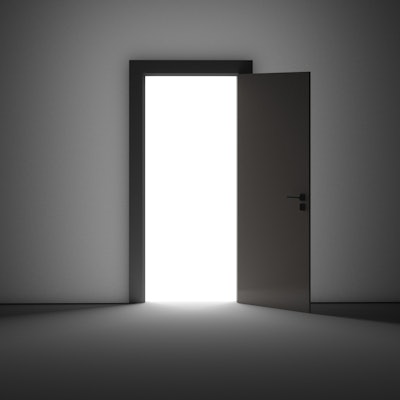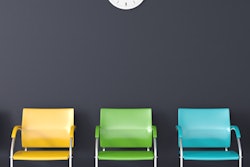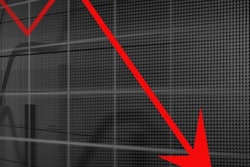
About half of dental practices in states that were given the green light to provide elective dental care have reopened, despite having no or limited supplies of recommended personal protective equipment (PPE), according to new data from the ADA Health Policy Institute (HPI).
Approximately 52% of dentists who reopened had little or no concern about exposing themselves to the virus, despite not having a stockpile of PPE. On the flip side, about 32% of practices that remained closed and didn't have access to N95 masks worried about getting COVID-19, according to responses from approximately 6,800 dentists.
"Dentists who have opened are less concerned about transmission of COVID-19 compared to dentists who remain closed, controlling for PPE stockpiles," said Marko Vujicic, PhD, chief economist and vice president of HPI.
"This suggests dentists differ in attitudes and assessments of risk."
Crippling the industry
The dental industry has been one of the sectors hardest hit by the pandemic. Due to state shutdowns across the U.S., dentists have faced grim projections. An alarming 46% of dentists said they would not be able to sustain their practices if they were forced to postpone all nonemergency treatments through the end of the summer. Also, projected dental spending was $150 billion before the COVID-19 pandemic. Now, it is estimated to be $52 billion.
Record-breaking unemployment claims and an economy that appears to be teetering between recession and depression has nudged some states to reopen quicker than others. In those states in which stay-at-home orders were lifted, businesses that had been labeled nonessential, such as dental practices, were given the thumbs up to open their doors again.
Many dentists in reopened states began performing elective surgeries despite recommendations from the ADA and U.S. Centers for Disease Control and Prevention stating that dental practices should continue to delay nonurgent treatments.
Closed practices have less PPE than open practices. However, smaller supplies of PPE are not preventing all practices from getting back to work.
Approximately 19% of reopened practices have a zero-day supply of N95 and KN95 masks, and about 24% have enough available for one to seven days, according to HPI's data.
Approximately 18% of opened practices do not have a supply of gowns, and about 23% have enough for one to seven days. Roughly 20% of those that have reopened have a zero- to seven-day supply of face shields.
The Occupational Safety and Health Administration (OSHA) recommends that dental workers wear gloves, gowns, and eye protection (such as goggles or face shields) -- as well as National Institute for Occupational Safety and Health-certified, disposable N95 filtering facepiece respirators or better -- when performing procedures that may or are known to generate aerosols. It recommends the same equipment for procedures on healthy patients as well as those who have COVID-19 or are suspected of having the virus.
Vujicic was surprised that a lack of PPE wasn't the sole risk driver.
"Dentists' perceptions of and their attitudes toward COVID-19 transmission risk -- independent of PPE availability -- are partly driving reopening decisions," he said.
Cautious optimism
Though some data have shown that about 70% of patients were uncomfortable getting back in dentists' chairs, some patients have returned.
On average, patient volume was 28% of what is typical at practices that were permitted to perform all or most dental procedures.
"Week 1 reopening data supports cautious optimism," Vujicic said.
In states where all dental procedures were allowed or procedures were permitted with some restrictions, many team members were brought back to work. Approximately 50% of practices were back to fully paying staff. In states where only emergency procedures were permitted, only 18% of practices were paying employees fully.
Money coming in
In states that have reopened, collection volumes, on average, were 20% of what practices typically would gather. About 77% of practices that were open only for emergency treatments reported their collection volume was less than 5% of what they usually take in.
"After a tough end of March and April, the dental economy showed signs of life," Vujicic said.




















